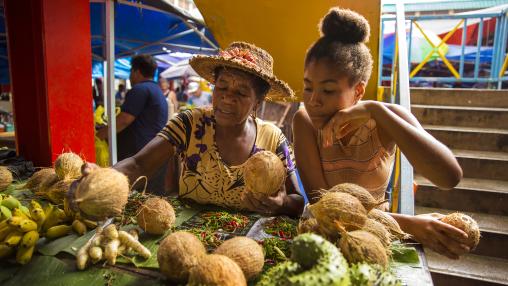
Northern Nigeria’s hunger crisis: Transforming food aid to rebuild food systems
Humanitarian agencies around the world face a never-ending race against time to save lives in places where conflicts, extreme weather, and other shocks lead to collapsing economies, leaving populations facing hunger and other forms of food insecurity.
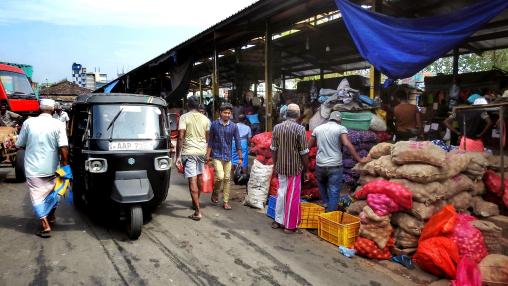
Rising food insecurity, waning humanitarian assistance: 2025 Global Report on Food Crises released
The world faced a stark inflection point in 2024, as the continued rise in the number of people facing crisis-to-catastrophic levels of acute food insecurity meets sharp reductions in funding for humanitarian assistance. The 2025 Global Report on Food Crises (GRFC), released today, reports that 295.3 million people across 53 countries/territories faced acute food insecurity in 2024. This represents a tripling of the number of people facing acute hunger since 2016 and a doubling since 2020 (Figure 1).
Figure 1
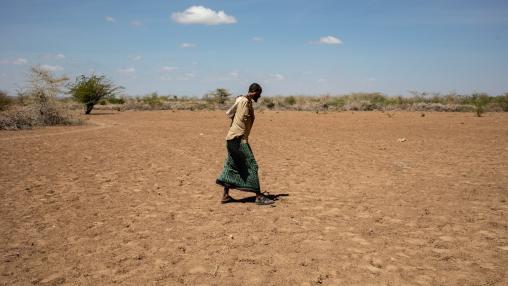
Drought, conflict and high food prices risk pushing 4.4 million people into hunger, the Federal Government of Somalia and UN warn
New data from Somalia shows that 4.4 million people could face hunger by April 2025, driven by worsening drought conditions, conflict and high food prices.
The Federal Government of Somalia and the United Nations agencies warn that without funding for humanitarian action, the country - which in 2022 was pushed to the brink of famine by severe drought, resulting in thousands of deaths, with nearly half being children – millions could once again face deepening hunger.
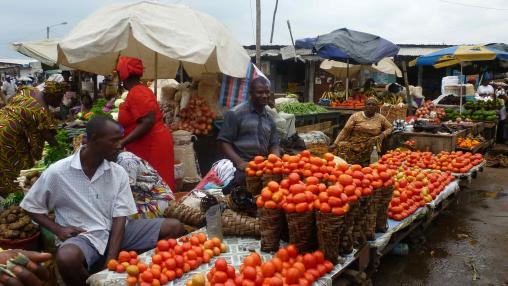
How conflict drives hunger: Six channels through the food system
Much has been said and written of late about the linkages between conflict and hunger. There is good reason for this: 65% of the world’s acutely food-insecure people live in conflict-affected countries. Typically, two claims are made about the conflict-hunger linkage. First, that conflict breeds hunger. This claim is supported by so much evidence that in 2018 the United Nations adopted Resolution 2417 recognizing the direct impacts of armed conflict on food insecurity and strongly condemning the use of starvation of civilians as a weapon of warfare in conflict situations.
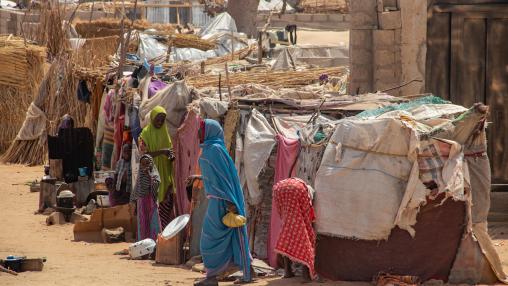
Food Crisis in Sudan: New Report Provides Policy Recommendations for Recovery
Since the outbreak of conflict in April 2023, Sudan has seen deteriorating food security and economic activity, disrupted markets and agrifood systems, and a steadily building humanitarian crisis. According to a new policy note from IFPRI’s Sudan Strategy Support Program, if steps are not taken to protect livelihoods and food security, 4 million people could fall into poverty and an additional 2 million could face food insecurity and malnourishment by 2028.
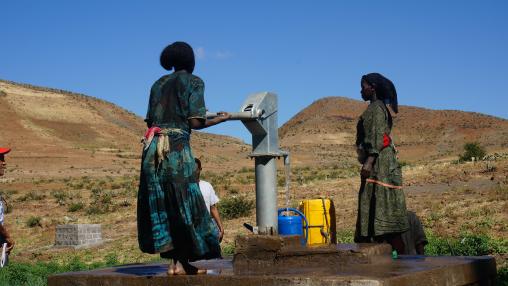
Acute Food Insecurity Remains Alarmingly High in SSA: Global Report on Food Crises Released
Despite some marginal improvements at the country level, Africa south of the Sahara remains mired in acute food insecurity and escalating food crises, according to the 2024 Global Report on Food Crisis (GRFC). Conflict, extreme weather events, economic shocks, and forced displacement continue to drive up rates of food insecurity and malnutrition throughout the region, with the outlook for 2024 equally grim.
Central and Southern Africa
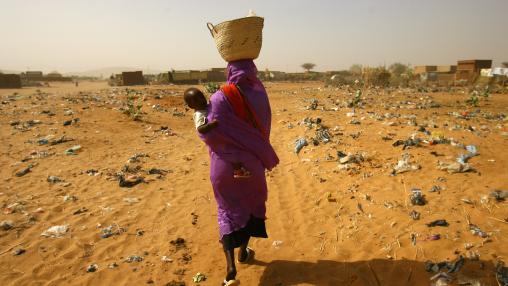
Sudan Faces Risk of Widespread Famine, Says New IPC and FEWS Net Alerts
As conflict worsens in Sudan, the country is facing unprecedented levels of acute food insecurity and malnutrition, according to a new alerts from both Integrated Food Security Phase Classification (IPC) and FEWS Net.
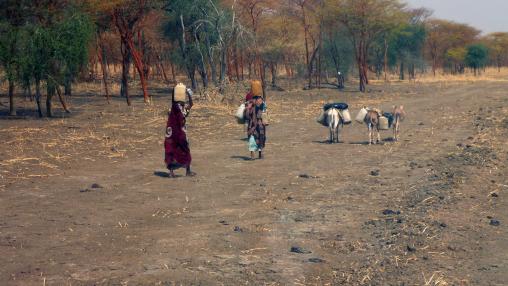
Expanding conflict brings new food security challenges for Sudan
Conflict continues to drive acute food insecurity and food assistance needs in Sudan, according to a recent FEWS Net alert.
Fighting in the country has expanded into Sudan’s southeast region, a major agricultural production and food storage area. The region typically accounts for more than 50 percent of Sudan’s annual domestic cereal production. Conflict-led disruptions to both agricultural production and trade, including destruction of infrastructure, pose a substantial threat to food availability throughout the country, reports FEWS Net.
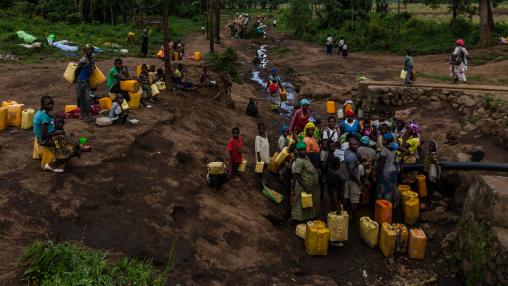
Acute Food Crisis Continues in Congo
Over 25 million people have experienced acute food insecurity and hunger between July and December 2023, according to the World Food Programme and IPC. The country is currently facing one of the world’s largest current food crises.
IPC estimates that around 3.5 million people are in Phase 4 (Emergency) food insecurity, while 21.8 million are in Phase 3 (Crisis). As many as 900,000 children under five are suffering from severe wasting.

Climate Shocks Worsen Food Insecurity in Sudan, South Somalia
Extreme weather events are driving alarming rates of hunger and malnutrition in South Sudan and Somalia, according to a new series of reports from the World Food Programme (WFP). These trends are expected to continue into 2024.